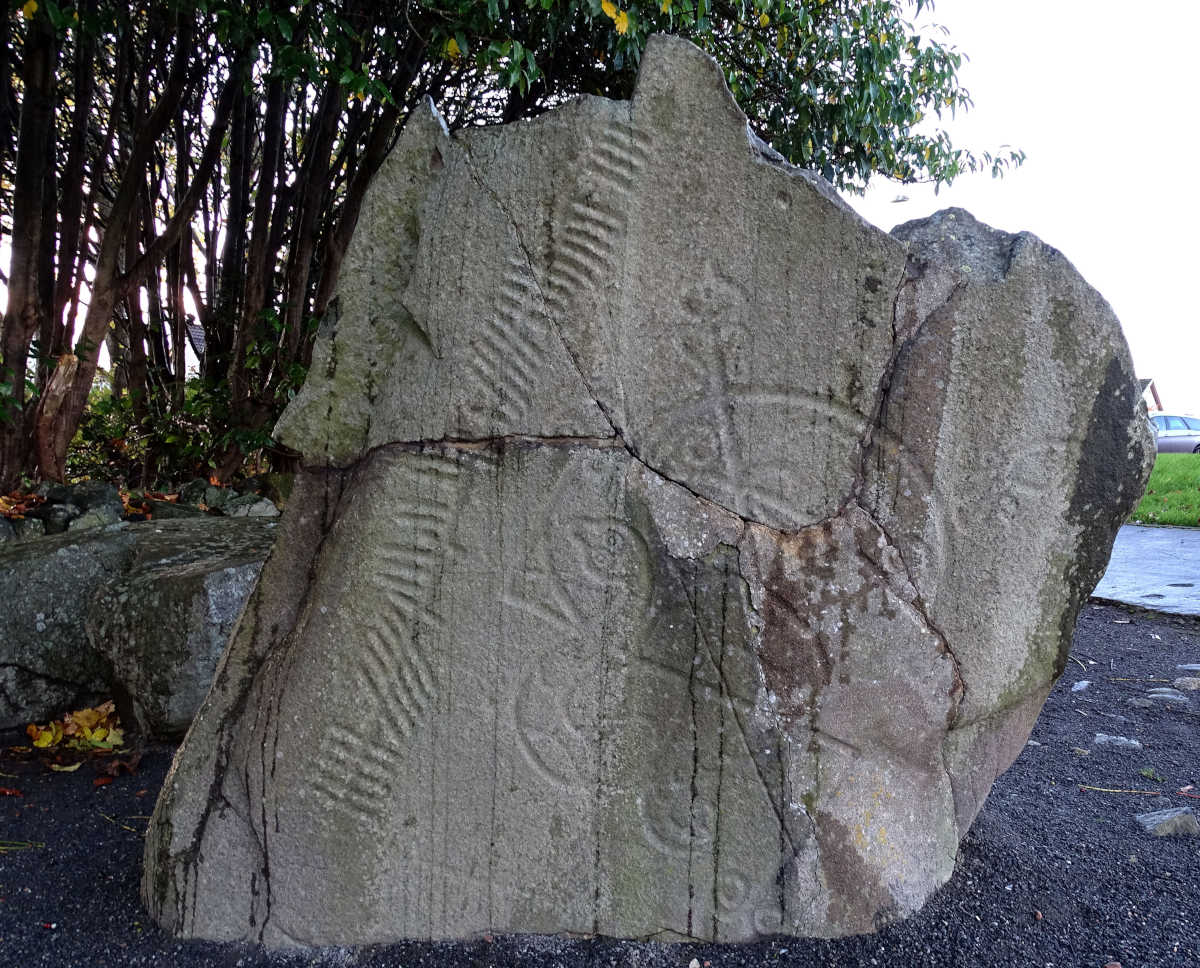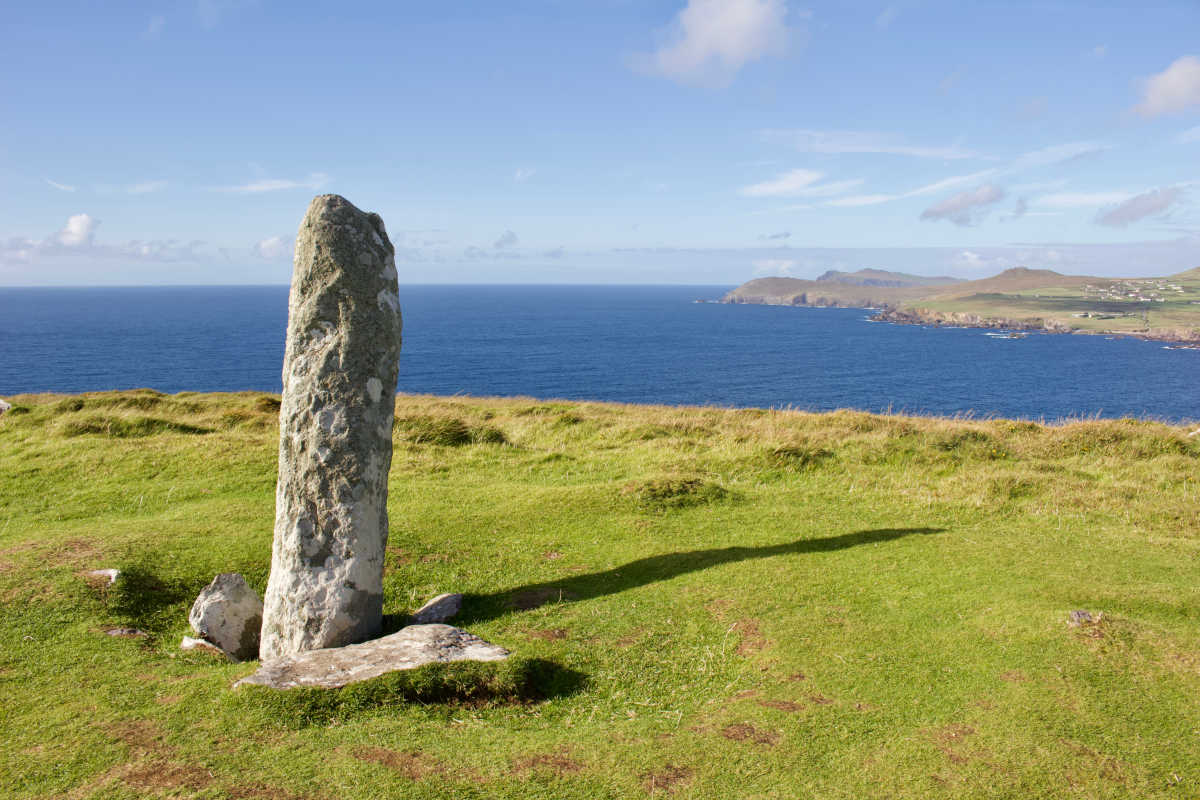Blog Categories
Blog CategoriesBest Places to see Ogham Stones this Summer

Ogham was a writing system or script created as an early form of the Irish language. Ogham stones are a stunning representation of Irish heritage and culture and a 'must see' for anyone with an interest in the rich history of Ireland.
Before people in Ireland began to write on vellum manuscripts, they wrote on other materials, primarily stone.
The earliest ogham inscriptions on stone are dated as between the 4th and 7th century AD. There are hundreds of examples across Ireland that have survived, each with its own particular story and it's a great way to see how the Irish language looked centuries before people started to write in manuscripts in Latin.
As a writing system, Ogham is highly unusual as it consists of parallel lines in groups of 1 to 5 and their meaning is related to the position of stem lines. They were usually carved vertically along the natural edge of the stone which makes them particularly beautiful and generally read upwards starting on the bottom left hand side, across the top and down the right hand side. There are variations however. Letters represented by grooves and notches are said to record simple genealogical statements of the period 300-600 AD. Many scholars who have studied this, from archaeologists to historians, believe that the Ogham alphabet is related to the Latin alphabet.
Twenty or so letters of the Latin alphabet are included in Ogham and they are transcribed into notches and incisions. This is known because a key to the translation of them was found in a medieval religious text. This is thought to be the very first time that the Irish language was written down. They were often known as grave markers but it is thought that in the absence of burials they could have merely been commemorative and also used as boundary markers.
Ogham stones are fascinating to see up close. So where is it best to see Ogham stones this summer across Ireland?
Ogham stones can be found in most counties in Ireland but most are located in Kerry, Cork and Waterford.

Collection in Cork
In University College Cork, there is a fantastic collection of ogham stones in a special Stone Corridor which provides a covered walkway under the main arch and southward to the end of the West Wing. This is the largest single collection in Ireland with 28 stones on view. This collection includes ancient gravestones, each of which marked the burial place of an important person in a Celtic tribe in the period before St. Patrick came to Ireland (dating from the period 300-600AD). These stones would have originally stood in open country across the south and southwest of Ireland but are now protected through this collection.

Dotted around the Dingle Peninsula
Kerry is dotted with ogham stones, particularly in the Dingle peninsula. Out of the estimated 300 Ogham stones in Ireland, there are over 60 stones in this relatively small area which really makes Dingle the 'home of Ogham' according to many. Erected at first when Ireland was in a pagan society with a strictly oral tradition, the later ones appeared when Ireland was a Christian country and literacy was firmly a feature. Most of the stones here consist of naming family members and their tribes.
Rare from Kildare in National Museum, Dublin
Interestingly some Ogham stones are bilingual (in Latin and Ogham). One of the most rare examples that features both scripts in Ireland is from County Kildare and can be seen on display in the National Museum of Ireland in Dublin. It measures 1.57m in height and in this fun exhibition visitors are invited to write their own ogham inscriptions.
This mysterious and magical alphabet seen on these ogham stones is a treasure worth valuing and visiting at any time of year.
